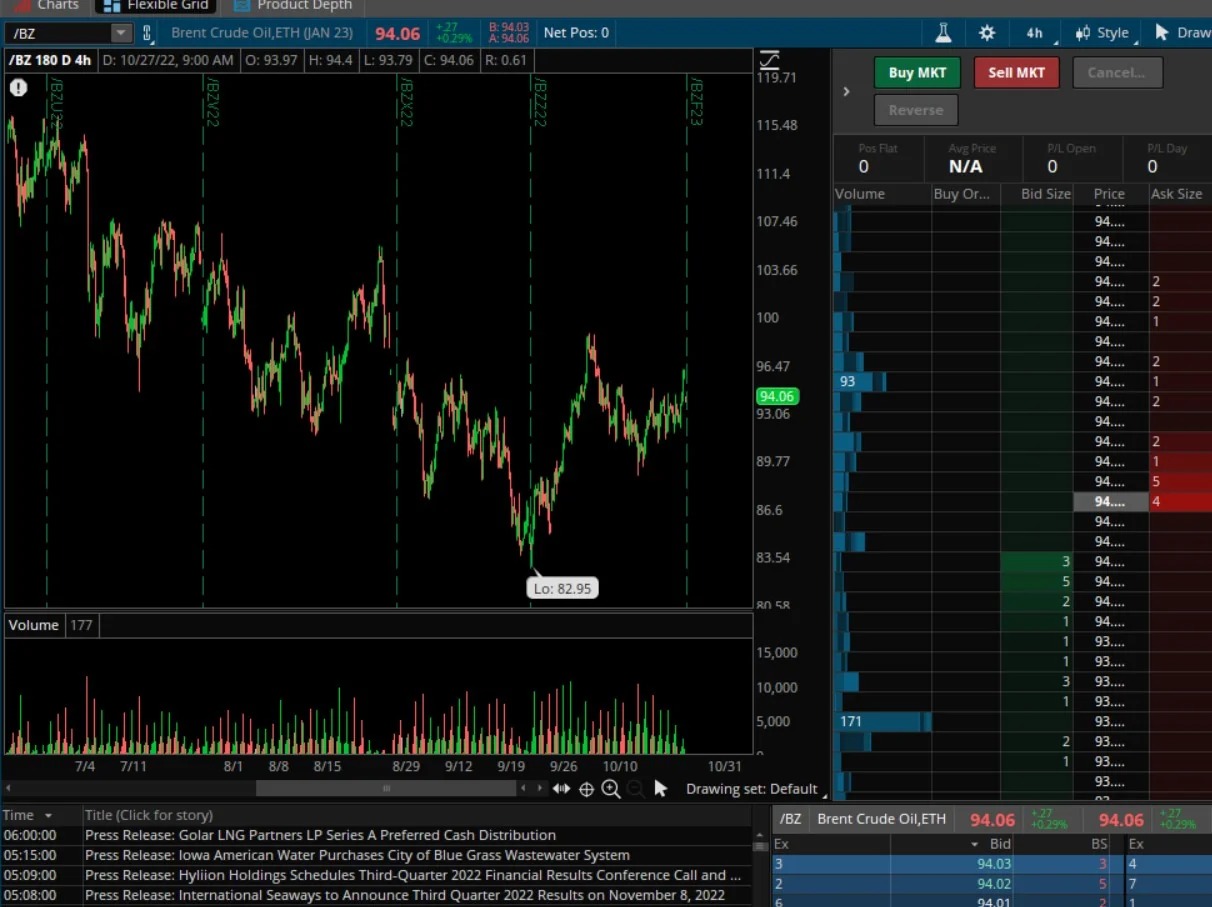

Finance
Rolling EPS Definition
Published: January 22, 2024
Learn the definition of Rolling EPS in finance and how it impacts financial performance. Enhance your understanding of this important financial metric.
(Many of the links in this article redirect to a specific reviewed product. Your purchase of these products through affiliate links helps to generate commission for LiveWell, at no extra cost. Learn more)
The Rolling EPS Definition: Understanding an Essential Financial Metric
Welcome to our “FINANCE” category blog, where we provide valuable insights into various aspects of personal and business finance. In this blog post, we will explore and demystify the concept of Rolling EPS (Earnings Per Share). By the end, you’ll have a clear understanding of what Rolling EPS is and why it matters in the financial world.
Key Takeaways
- Rolling EPS is a financial metric used to measure a company’s profitability by calculating its earnings per outstanding share of stock.
- This metric is considered to be more accurate and meaningful than traditional EPS, as it eliminates temporary fluctuations and provides a long-term perspective.
Let’s jump right in and understand what Rolling EPS really means and its significance in evaluating a company’s financial health.
What is Rolling EPS?
In simple terms, Rolling EPS is a financial measure that calculates a company’s earnings per outstanding share of stock over a specific period, usually the last four quarters. Unlike traditional EPS, which provides a snapshot of a company’s earnings in a single period, Rolling EPS provides a rolling average by including the most recent earnings data while dropping the oldest. This way, it smooths out short-term fluctuations and offers a more accurate picture of a company’s overall profitability.
The purpose of using Rolling EPS is to eliminate temporary anomalies and reveal the long-term earning potential of a company. By averaging earnings over multiple periods, it provides investors and analysts with a clearer view of a company’s financial performance, making it an essential metric for decision-making processes.
How is Rolling EPS Calculated?
Calculating Rolling EPS involves a relatively straightforward process. To determine the four-quarter Rolling EPS, you need to:
- Identify the earnings reported for each of the past four quarters.
- Add up the earnings from these four quarters.
- Divide the total earnings by the number of outstanding shares.
The result will be the Rolling EPS for that specific period, providing a valuable insight into a company’s earnings power over a more extended timeframe.
Why is Rolling EPS Important?
Rolling EPS is a crucial metric for investors, analysts, and financial experts. Here are three reasons why it holds such significance:
- Long-term perspective: Rolling EPS offers a more comprehensive and accurate representation of a company’s earnings potential over time. By considering multiple quarters, it helps eliminate short-term volatility or temporary fluctuations, providing a clearer view of a company’s performance.
- Better trend analysis: Traditional EPS can’t capture changes in earnings trends as effectively as Rolling EPS. By smoothing out short-term ups and downs, Rolling EPS enables investors and analysts to identify long-term earnings trends more accurately.
- Investment decision-making: With Rolling EPS, investors can make more informed investment decisions by evaluating a company’s long-term financial health. It helps identify companies that consistently generate earnings growth and determine whether a stock is overvalued or undervalued.
In conclusion, Rolling EPS is an essential financial metric that provides a long-term perspective on a company’s profitability. By smoothing out temporary fluctuations and offering better trend analysis, it helps investors and analysts make informed investment decisions. Understanding Rolling EPS empowers individuals to evaluate a company’s financial health beyond the short-term, contributing to more successful financial strategies.














